Unlike the number on a scale, knowing how much fat you have stored can be enlightening when you’re seeking to lose weight and increase muscle definition. Today Let’s learn what it takes to calculate your body fat percentage, the most accurate methods, and how to use this to your advantage. Let’s get started.
Is Body Fat Percentage Is More Important Than BMI
Many fitness professionals agree that only taking your Body Mass Index (BMI) into consideration is the wrong way to determining your fitness level. While using BMI is a glimpse into your health, it doesn’t offer a comprehensive picture. The reason is because BMI is merely the ration of your weight to your height and takes into no account the amount of muscle or fat on your body.
BMI has defined ranges. Anywhere from 18.5 to 24.9 means you are within a normal weight range for your height. Under 18.5 BMI, you’re considered underweight; and if you’re over 24.9, then you are overweight. 29.9 and higher is obese.
However, bodybuilders are often at the higher end of the spectrum, but no one would dare call them obese. Therein lies the reason why body fat percentage—which looks at the amount of fat you have stored on your body—is more important than BMI.
Knowing your body fat percentage is crucial to understanding your health, because keeping you body fat within the essential to average range is going to promote a healthier body and wellness.
 Can You Determine Your Body Fat Percentage Based on BMI?
Can You Determine Your Body Fat Percentage Based on BMI?
No. As stated above, BMI is calculated by dividing your weight from your height. Body fat percentage isn’t calculated that way, because it takes into consideration how much fat you are carrying on your body.
But if you want to give it a shot, here’s a formula for a rough estimate of body fat percentage using BMI:
BMI = (pounds/inches^2) x 703
Men Body Fat Percentage = (1.20 x BMI) / (0.23 x Age) – 16.2
Women Body Fat Percentage = (1.20 x BMI) / (0.23 x Age) – 5.4
Recommended Healthy Body Fat Percentage for Men and Women
Now, this might come as a surprise, but no one can be completely fat-free. We’re not dairy. Humans need fat to function and cushion our organs. Fat is also stored in brain tissue, joints, and nerve cells. If you lose too much of it, the consequences are dire. When the body fat percentage falls below the essential fat level, the result is often organ failure and hormonal imbalance.
Body Fat Percentage Ranges
- Essential Fat: Men 2-4%, Women 10-12%
- Athletic: Men 6-13%, Women 14-20%
- Fitness: Men 14-17%, Women 21-24%
- Average: Men 18-25%, Women 25-31%
- Obese: Men 26% or higher, Women 32% or higher
Note that women have more fat on their bodies because they need it for hormone regulation and reproduction. The ranges also tend to fluctuate slightly depending on your age and gender. Younger men and women generally can have less fat on their bodies than older people.
Even the leanest of bodybuilders do not attempt to get to the bare minimum of their essential fat ranges. “Ripped” or “shredded” bodies usually tend to be around 7-10% body fat for men and 13-20% for women. However, maintaining this level of body fat isn’t exactly healthy for long periods of time, and you would have to continuously restrict calories to stay at this level.
Therefore, the healthiest body fat percentage for men is around 15% body fat and for women it is 25%.
 How to Calculate Your Body Fat Percentage
How to Calculate Your Body Fat Percentage
Although we mentioned a quick mathematical formula using BMI, the number you got with that is probably going to be different than if you calculate your body fat percentage using specially designed tools and other alternative methods such as:
- Bioelectrical Impedance Analysis (BIA) – measures fat using a light electrical current.
- Body Fat Calipers – use of skin calipers and a few equations to figure out overall body fat percentage.
- Hydrostatic Weighing – also known as the “underwater density test,” where displacement compares muscle to fat.
- Bod Pod – similar to hydrostatic weighing, but air is used instead of water to scan the body.
- Dual-Energy X-Ray Absorptiometry (DXA) – looks at body fat, lean muscle mass, and body minerals through x-ray; considered one of the most accurate methods for determining body fat percentage.
The Most Accurate Way to Calculate Body Fat Percentage
If you want to get a real understanding of how much body fat you’re carrying, then you need to do what is known as 4-compartment analysis. Several different testing methods are divided up to measure all your lean body mass (bone, muscle tissue, and so on) and fat mass. For instance, deuterium dilution measures your total water amount, DXA checks bone mass, and hydrostatic weighing covers total body density. The data taken from these tests is then put through various mathematical formulas to eventually calculate an accurate body fat percentage.
How You Can Check Your Body Fat
However, since you probably don’t have immediate access to expensive and comprehensive tests like hydrostatic weighing or the 4-compartment analysis, you need to use the next best thing. A mirror, measuring tape, skin calipers, and a scale are the tools you need to approximate your body fat percentage over a course of 7-10 days.
Take weekly skin caliper measurements on the same day, from the same sites every single time. You might notice a decrease in the reading on the skin calipers if you are losing weight and firming up. The overall girth of your waistline and chest might also change, depending on how the muscle grows and fat decreases.
Now that you know some methods for calculating body fat, you can use this knowledge to get closer to your goals while staying healthy. Don’t forget to follow us on Facebook for more daily diet and nutrition tips to stay motivated.
The post How To Calculate Body Fat Percentage appeared first on Gaspari Nutrition.




















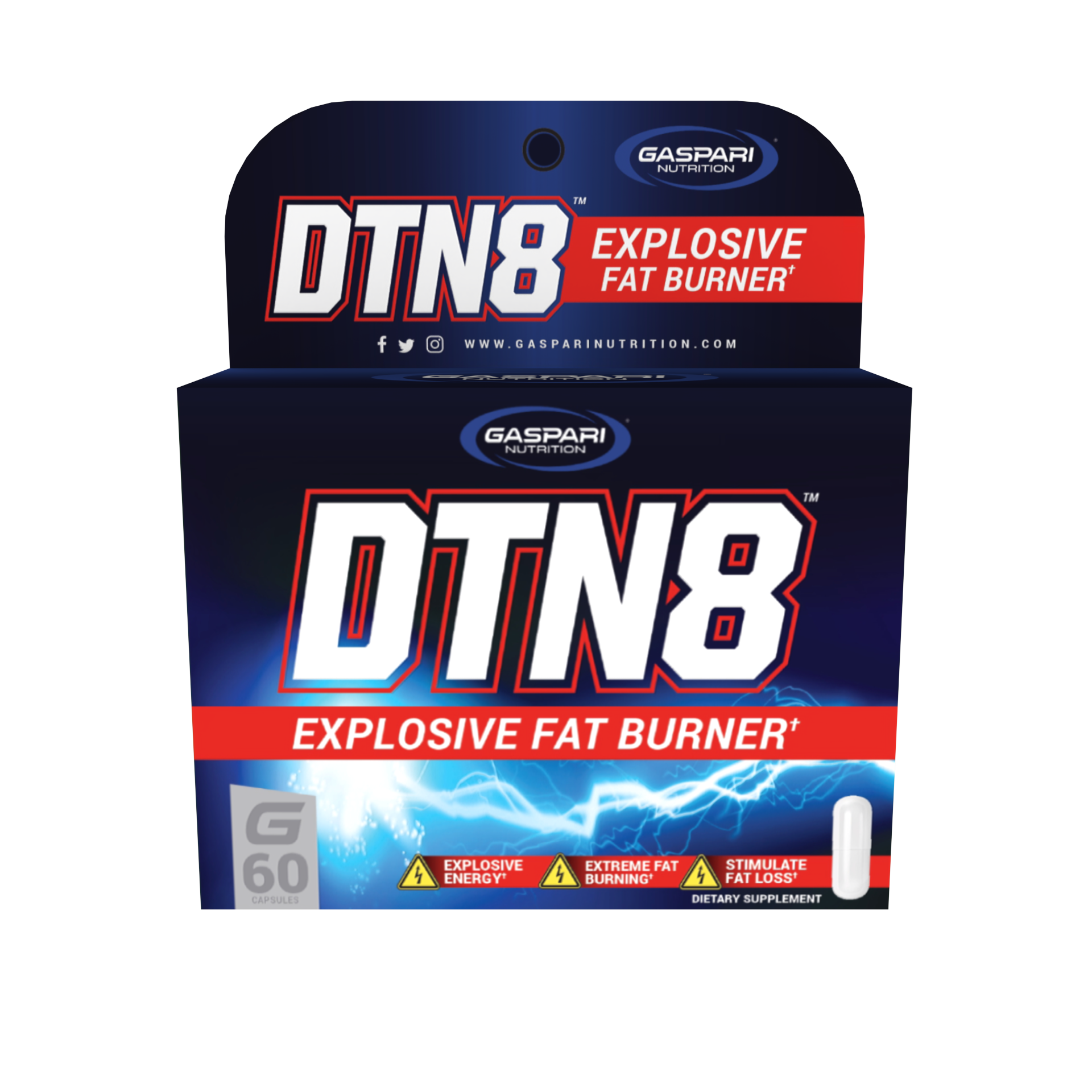




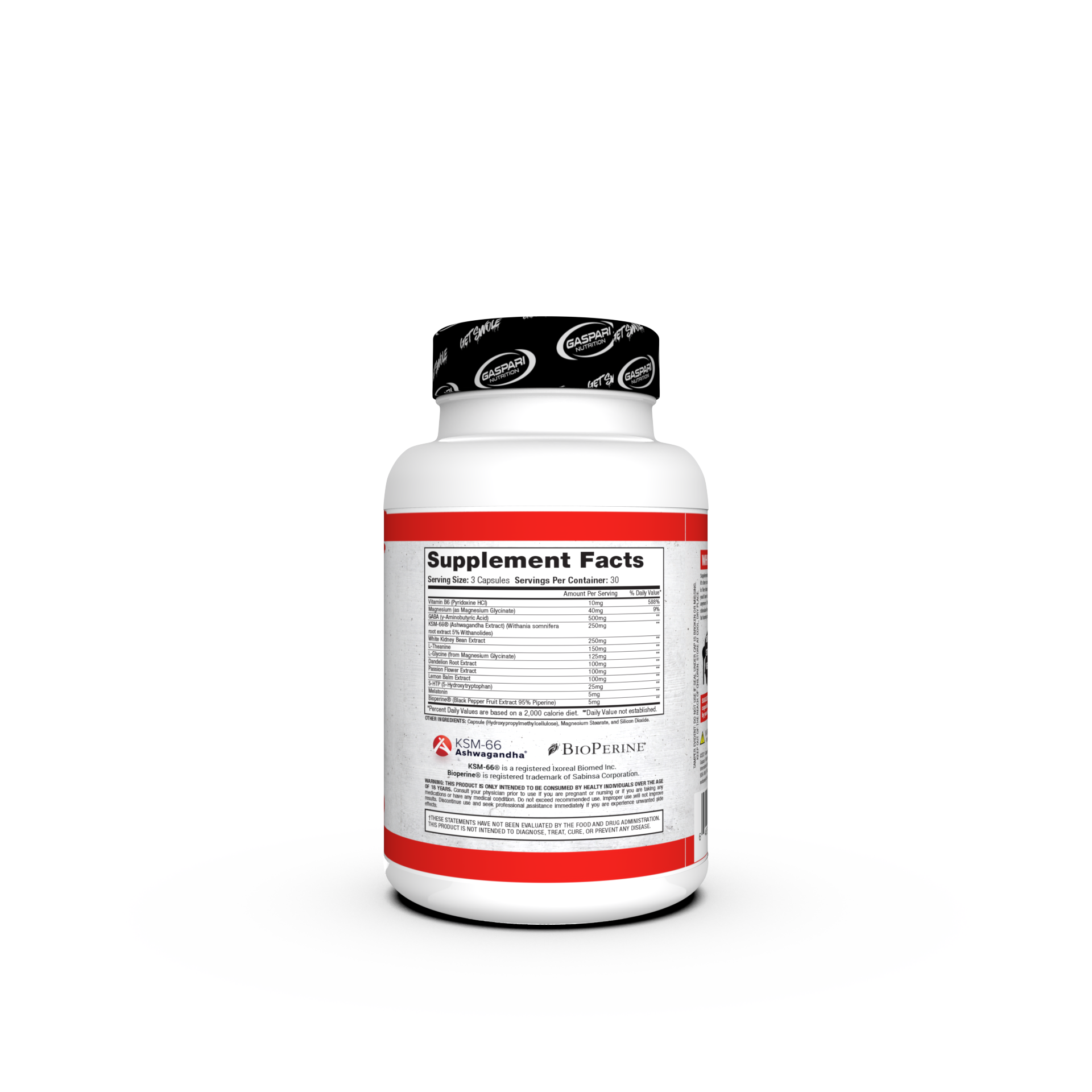
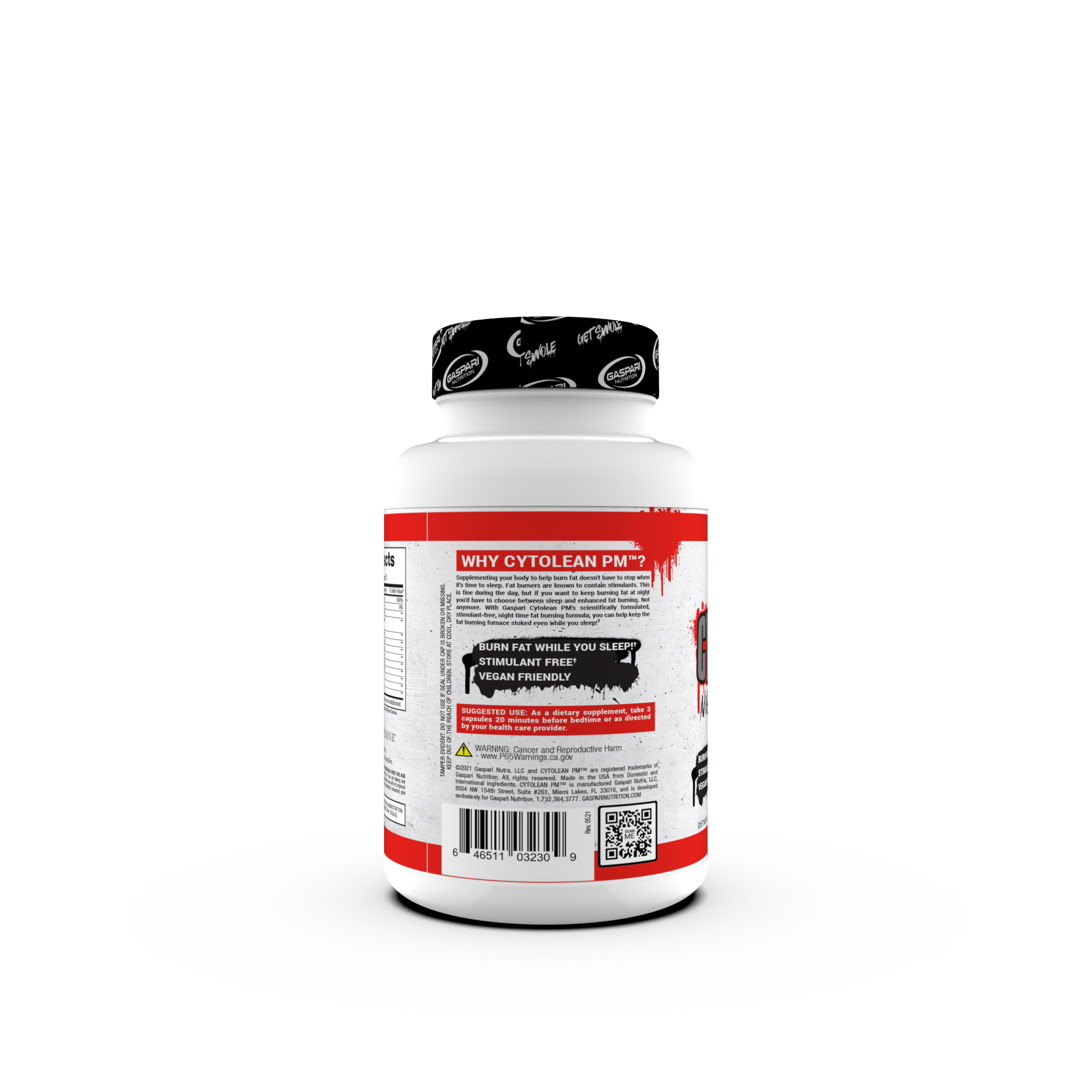




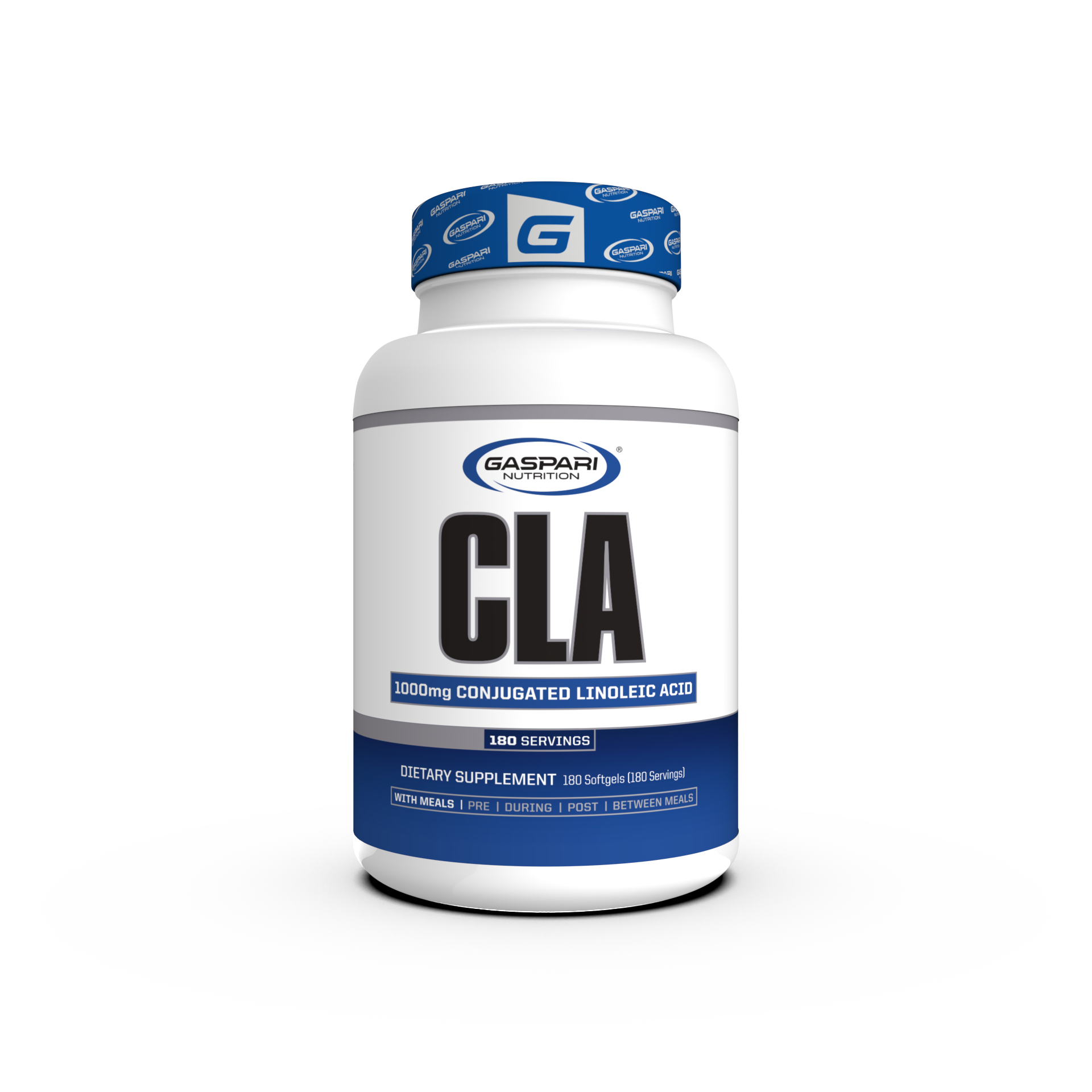

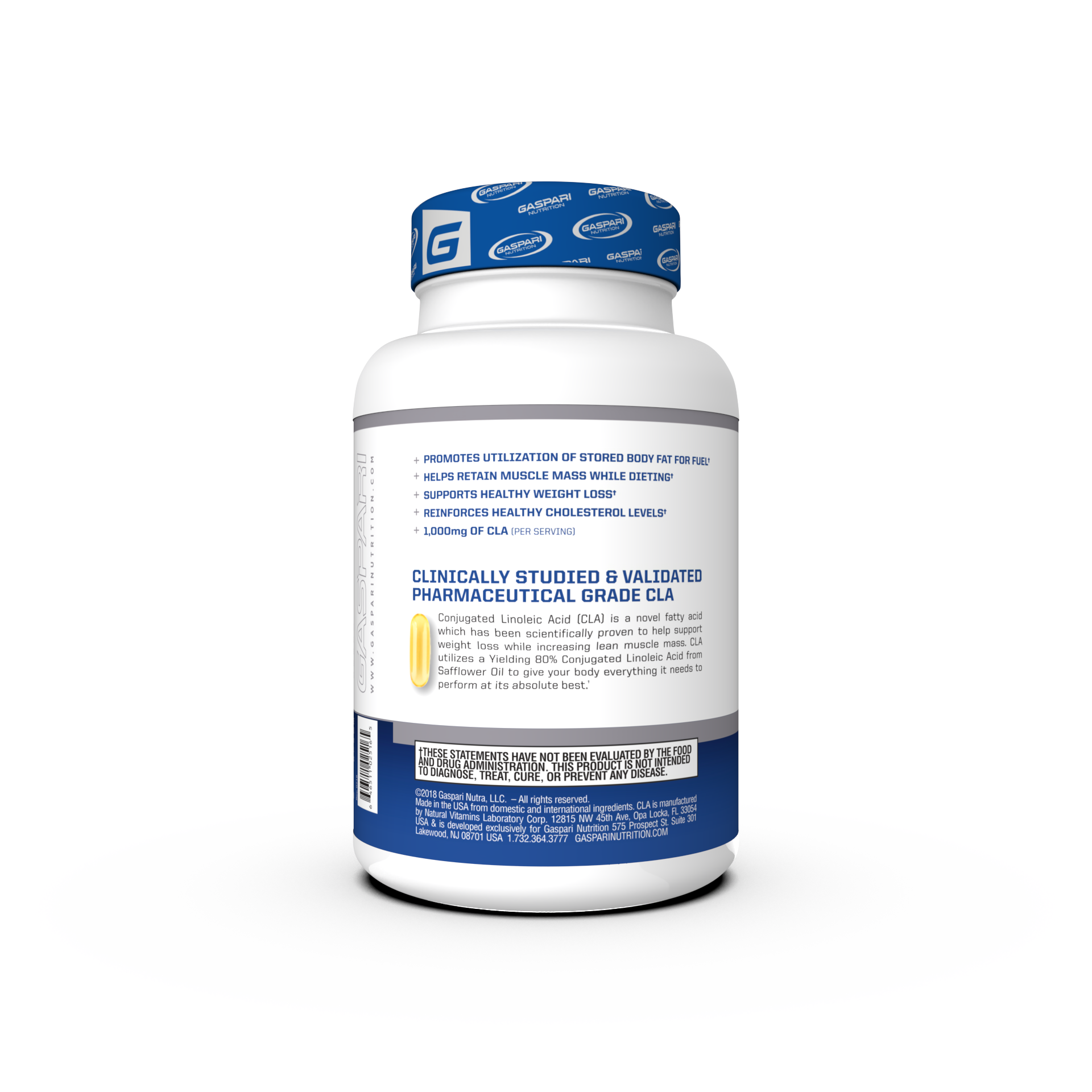






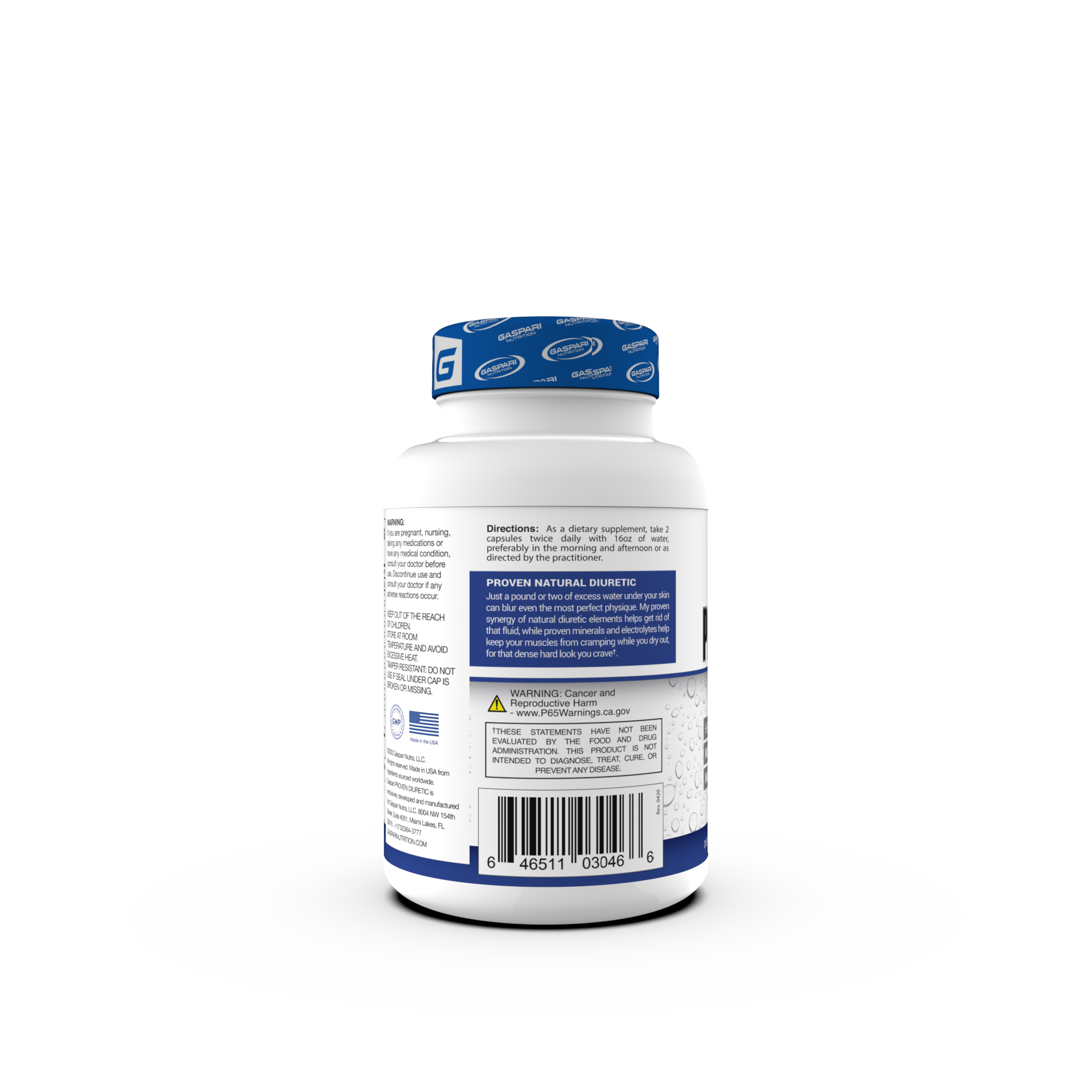
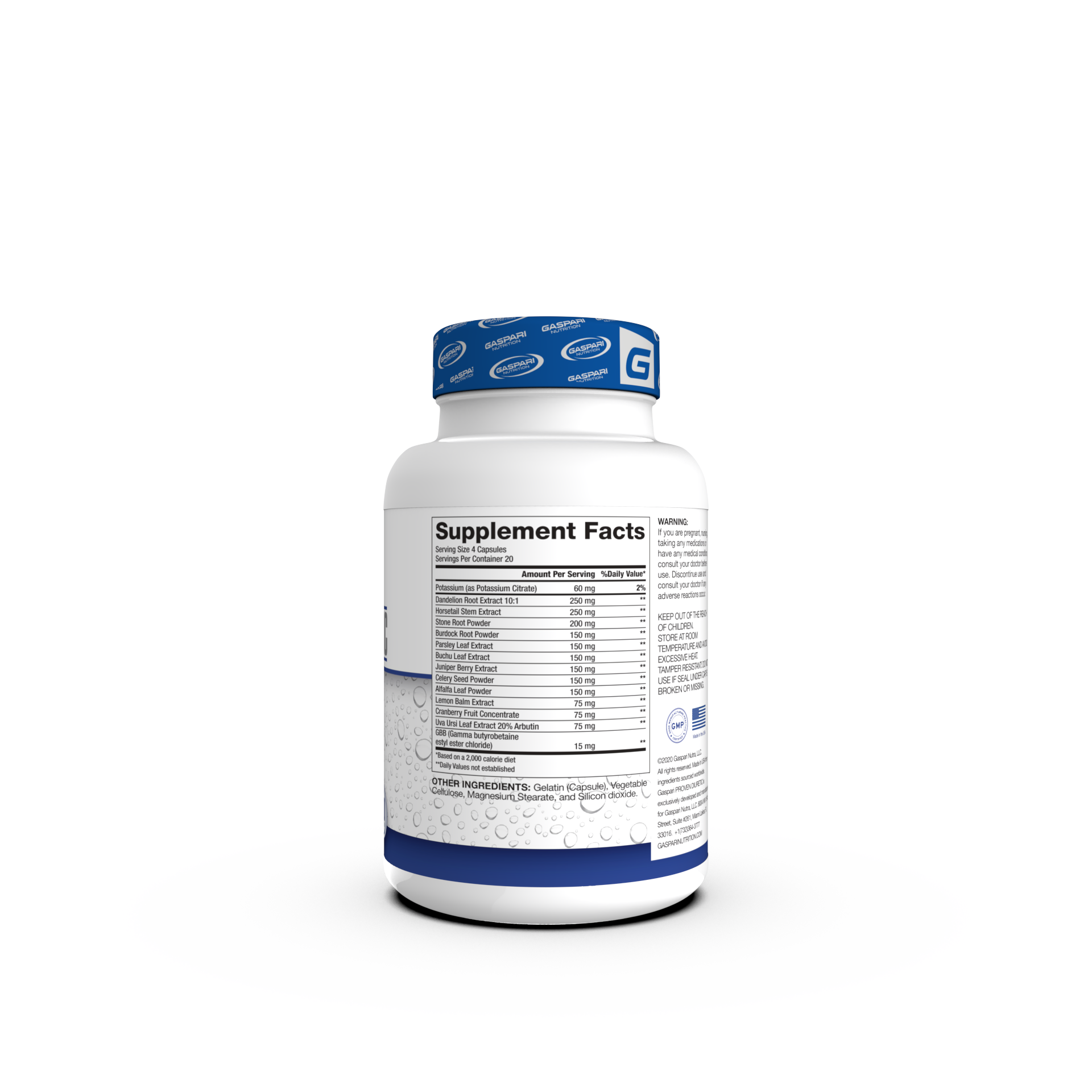








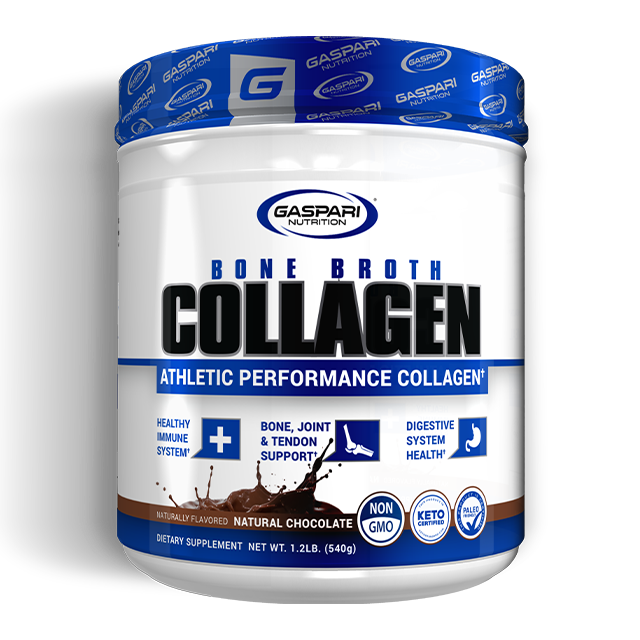






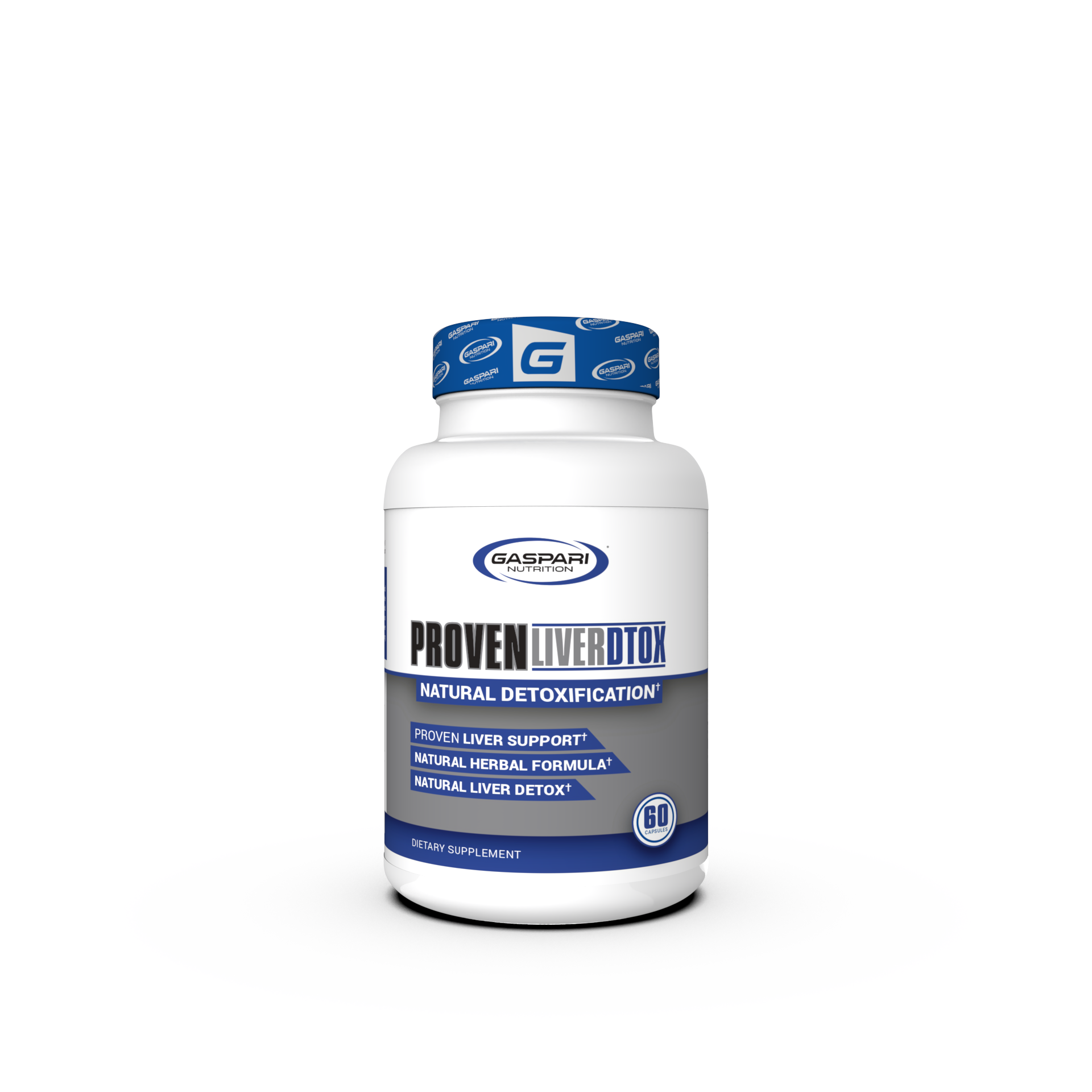


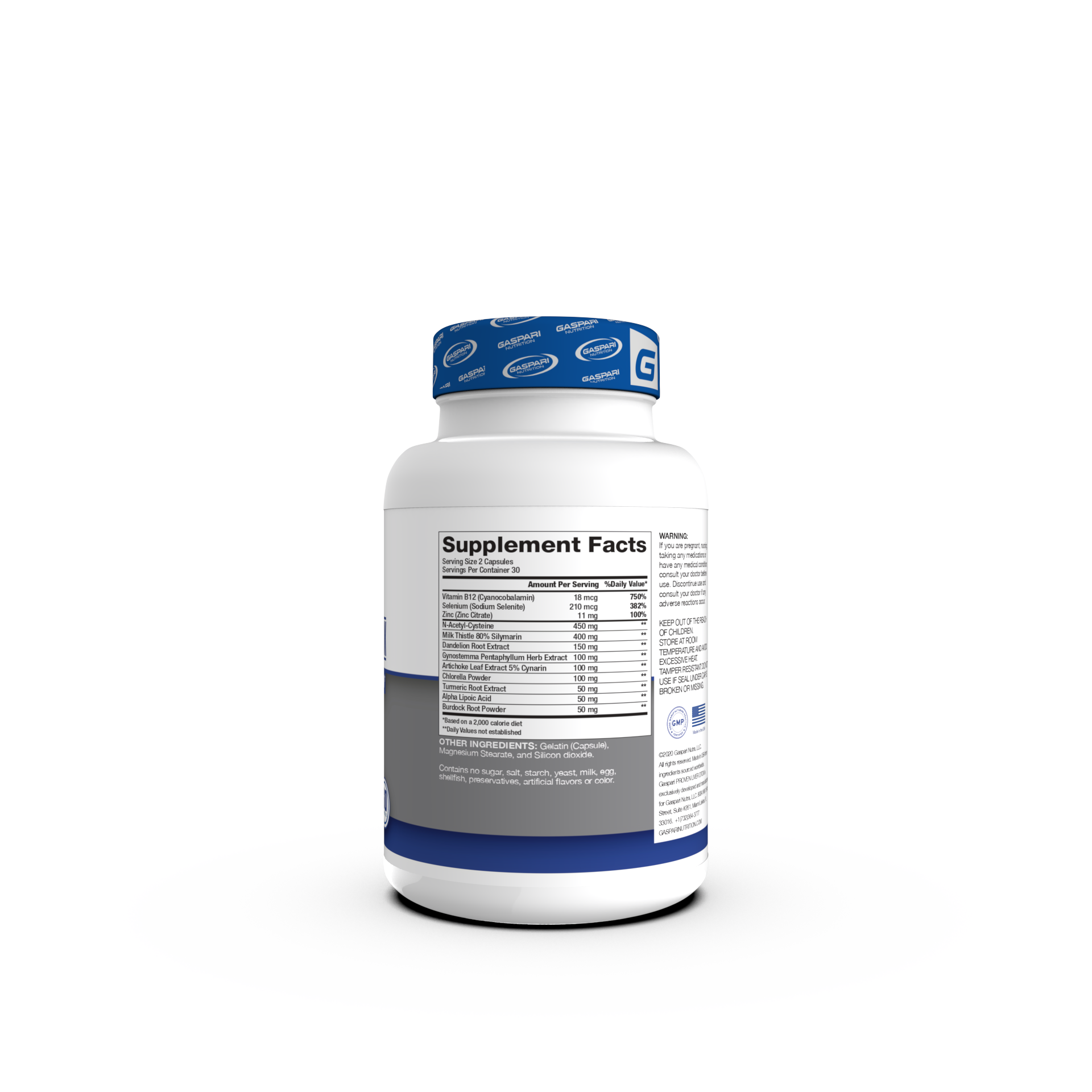
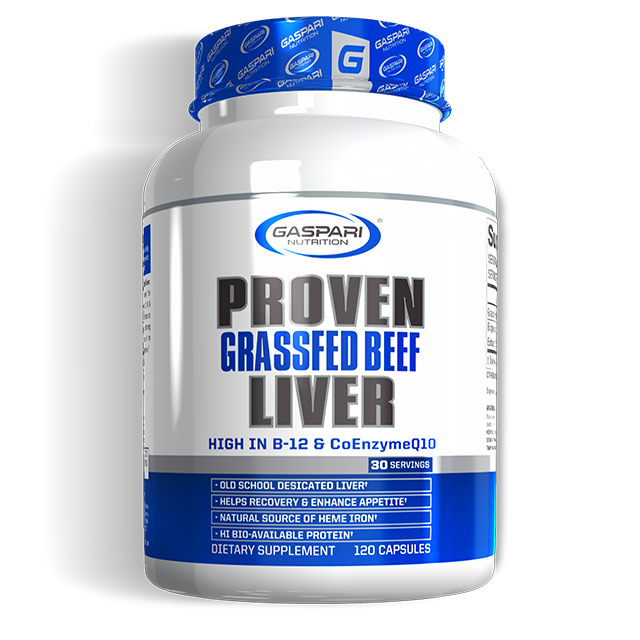
Share:
The Beginner’s Guide To The Paleo Diet
Beginner’s Guide to Pull-Ups